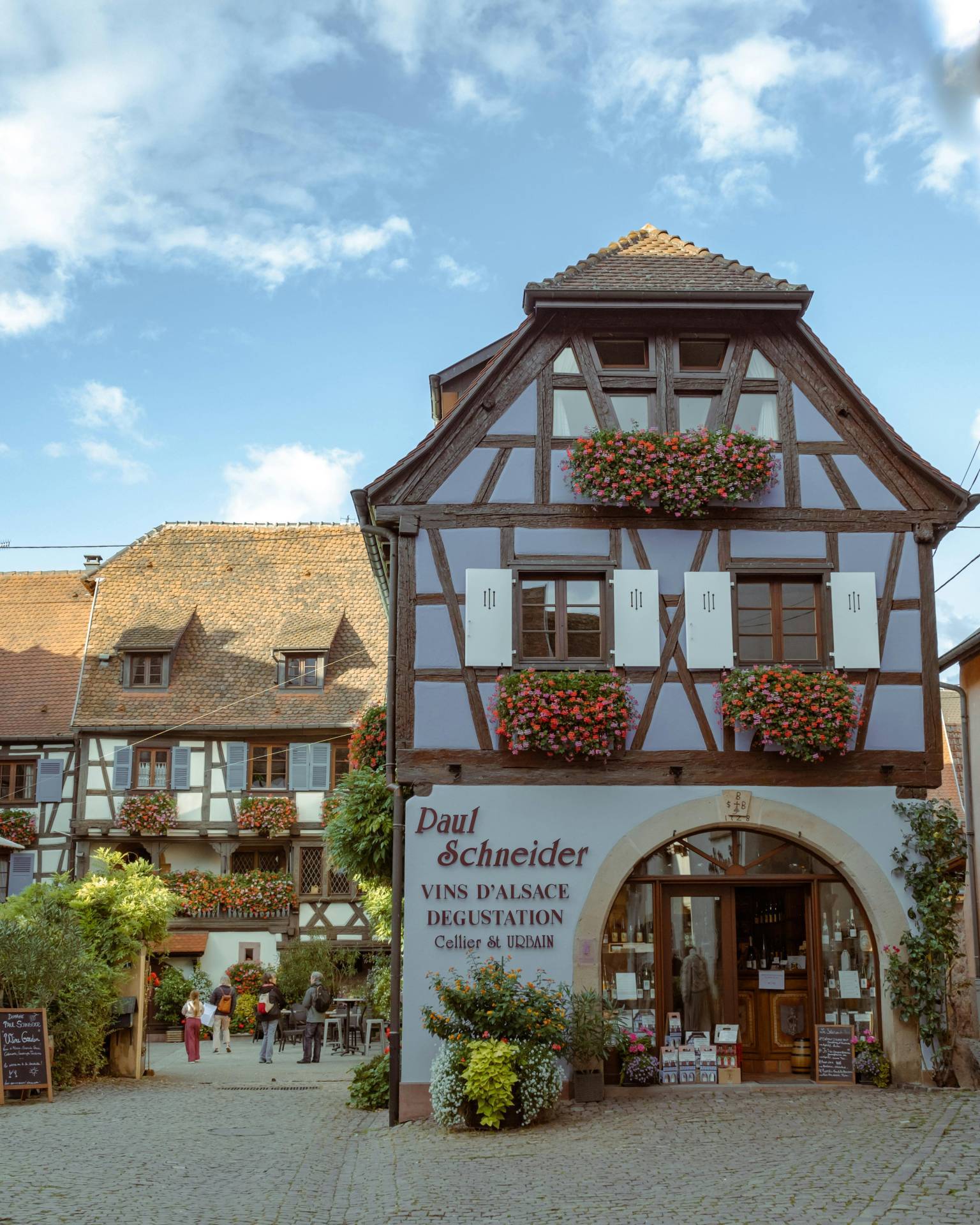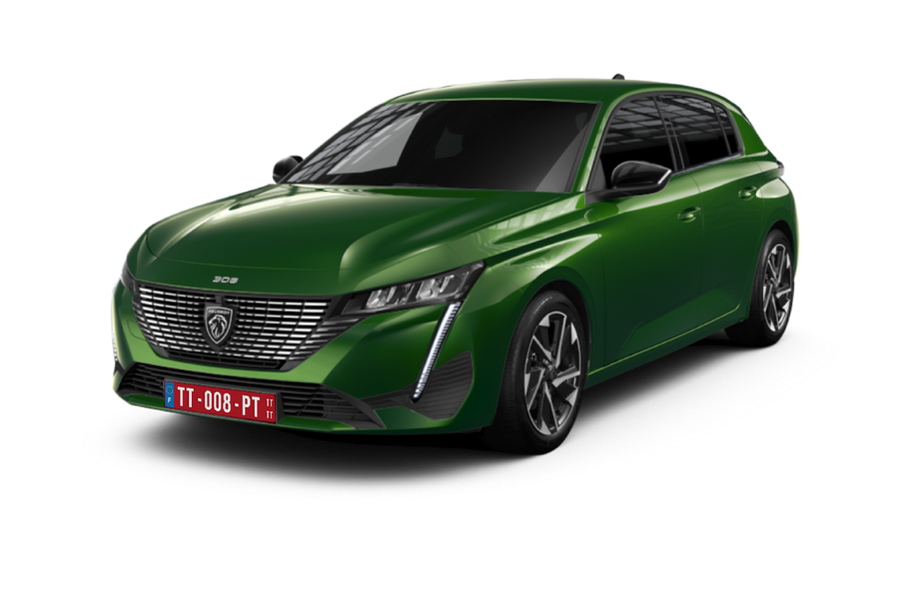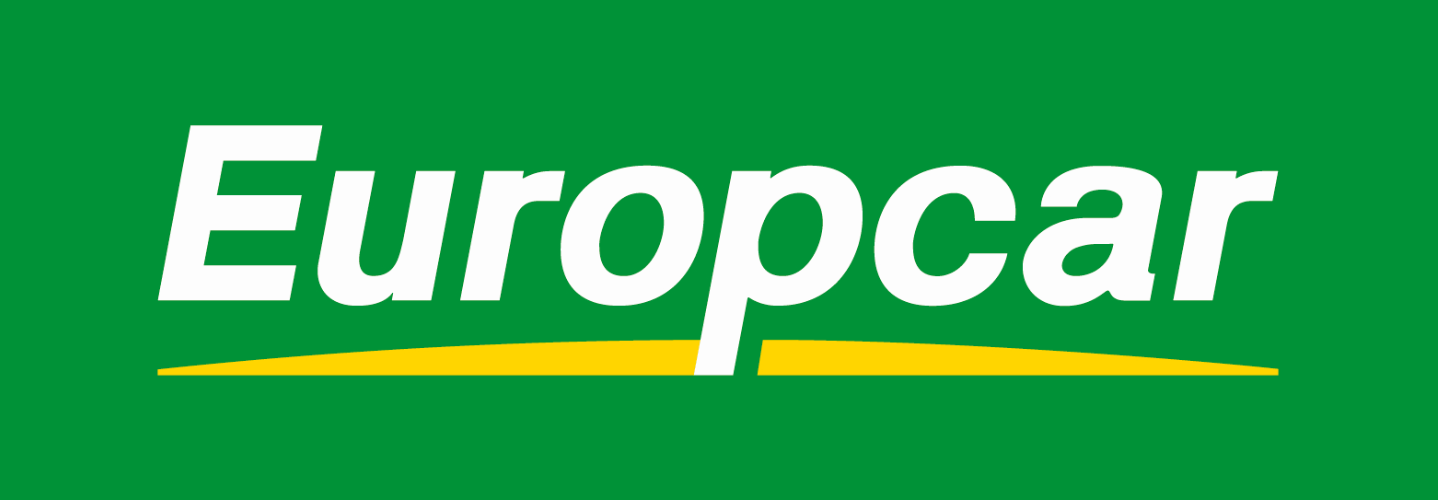Drive, Sip, Discover: Alsace’s Wine Route in TT Mode
An Exceptional Wine Region Accessible by Car
Alsace, with its charming half-timbered villages and vineyard-covered hillsides, is one of the most appealing wine tourism destinations in France.
For travelers with a temporary transit vehicle, the Alsace Wine Route offers a well-marked journey of approximately 170 kilometers—perfect for exploring at your own pace.
A Signature Itinerary to Personalize
From Marlenheim in the north to Thann in the south, the Alsace Wine Route passes through no fewer than 70 wine-producing villages. The advantage of driving this route in your own temporary transit vehicle lies in the flexibility it gives you: stop spontaneously at any estate that catches your eye, take scenic back roads, or spend more time in a village that truly captivates you.
Notable Grape Varieties to Discover
Alsace is known for its predominantly single-varietal wines—a feature that makes it easier for beginners to explore and understand.
Your journey will let you sample:
- Riesling: the king of Alsace wines, dry and mineral, with citrus and flint aromas
- Gewurztraminer: aromatic and full-bodied, with notes of rose, lychee, and spices
- Pinot Gris: rich and structured, with aromas of dried fruits and honey
- Pinot Blanc: fresh and subtle, perfect as an aperitif
- Sylvaner: light and refreshing, ideal with seafood
- Muscat d'Alsace: dry and intensely fruity
- Pinot Noir: the only red grape variety in Alsace, fine and elegant
Our Suggestion: A 3-Day Itinerary Through the Alsace Vineyard

Day 1: Northern Sector – From Marlenheim to Obernai
- Depart from Strasbourg (easily accessible from the German or Swiss borders)
- Visit the vineyards of Marlenheim, the northern gateway to the Wine Route
- Tasting in Molsheim, birthplace of the Riesling grape
- Explore Rosheim and its Romanesque monuments
- Overnight stay in Obernai, a medieval town with well-preserved ramparts
Day 2: Central Sector – From Obernai to Ribeauvillé
- Visit Haut-Kœnigsbourg Castle for a panoramic view of the vineyard
- Lunch and tasting in Dambach-la-Ville
- Explore Ribeauvillé and its three castles
- Visit the Trimbach estate, a flagship Riesling producer
- Overnight stay in Ribeauvillé or Riquewihr (listed among the most beautiful villages in France)
Day 3: Southern Sector – From Riquewihr to Thann
- Stroll through the medieval streets of Riquewihr
- Visit Kaysersberg, birthplace of Dr. Albert Schweitzer
- Lunch in Colmar and visit the "Little Venice" district
- Tasting in the Grands Crus of Guebwiller
- End the journey in Thann and admire its impressive Saint-Thiébaut Collegiate Church
Practical Information for Temporary Transit Travelers
Parking and Accessibility
Most wine-growing villages offer free or low-cost parking on the outskirts. With your TT vehicle, we recommend parking at the entrance of the villages, which are often medieval and have narrow streets.
Tasting Regulations
Please note that French law is strict regarding drinking and driving, with a legal limit of 0.5 g/l of blood alcohol. We strongly advise:
- Designating a driver who will abstain from drinking alcohol
- Using the spittoons provided during tastings
- Allowing sufficient time between your last tasting and getting back behind the wheel
- Considering an overnight stay to fully enjoy the experience
Transporting Bottles
Your temporary transit status allows you to carry wine for personal consumption within reasonable limits. Be sure to keep purchase receipts and secure your wine crates properly in your vehicle. Check customs regulations regarding permitted quotas if you plan to leave the European Union.
Alsacian Gastronomy: A Must on Your Wine Tour
Alsace is also renowned for its rich gastronomy. Your wine tour wouldn’t be complete without discovering the region’s traditional flavors.
Where to Enjoy Authentic Sauerkraut?
Sauerkraut, Alsace’s iconic dish, deserves a dedicated gourmet stop.
Here are our top picks for savoring this traditional specialty:
- Brasserie l'Ami Fritz in Strasbourg: A beloved institution serving a generous “choucroute garnie,” ideal with a dry Riesling
- Restaurant Au Bœuf in Ribeauvillé: Their royal sauerkraut, served in a traditional timber-framed setting, is a local favorite
- Winstub du Chambard in Kaysersberg: A refined version crafted by a Michelin-starred chef, perfect with Pinot Gris
- Maison Kammerzell in Strasbourg: An exceptional historic setting (15th-century house) to enjoy traditional sauerkraut
In Search of the Best Pretzels in Alsace
The pretzel, a salty knot-shaped pastry, is the perfect snack between two tastings.
Our selection of top pretzel artisans:
- Koenig Bakery in Colmar: Handcrafted pretzels with Guérande salt and an unmatched texture
- Maison Boistelle in Riquewihr: Their seed-coated mini pretzels are ideal for wine tastings
- Bretzel Factory in Obernai: An impressive variety of pretzels, from traditional to creative
- Colmar Covered Market: Several stands offer fresh pretzels, great for a quick bite
Other Local Delicacies You Shouldn’t Miss
Don’t miss out on tarte flambée (flammekueche), often enjoyed in winstubs—typical Alsatian taverns—or baeckeoffe, a hearty stew made with three types of meat, perfect in autumn or winter.
You’ll also find kougelhopf (a traditional brioche, sweet for breakfast or savory for aperitif) and bredele (small Christmas cookies perfect to bring back as gourmet souvenirs).
Which Car is Best for a Wine Tour in Alsace?
For the Alsace Wine Route, TT Mag recommends a car that combines comfort, agility, and versatility. You’ll be driving through narrow village streets as well as winding vineyard roads.
Top 3 Cars Best Suited for Exploring the Alsace Wine Route
- PEUGEOT 308 Sedan
Our top choice for this itinerary. This compact sedan offers an excellent balance of driving comfort and maneuverability in the narrow streets of Alsatian villages.
Its moderate size makes parking easier in busy tourist areas, while the trunk is large enough to bring back several cases of wine. - CITROËN C4
Also very well suited, with its legendary comfort and suspension that handles the occasionally uneven vineyard roads. The C4 is a great choice for keeping your bottles safe. - RENAULT New CLIO
If you prefer something even more compact, the Clio offers great maneuverability for narrow streets while remaining comfortable for drives between villages.
Where to Pick Up Your TT Car?
To begin your wine tour in Alsace with a temporary transit vehicle, TT Car customers can collect and return their vehicle directly at the Saint-Louis agency, located near EuroAirport Basel-Mulhouse.This location allows you to start your journey at the southern end of the Wine Route (Thann) and head north, or quickly access Colmar or Strasbourg via the A35 highway.
Its location in eastern France is especially convenient for international travelers arriving by plane. Just 30 minutes from the first vineyards in southern Alsace, this center launches you straight into wine country discovery.
Experiences Not to Miss
- Harvest Experiences: Some estates offer the chance to take part in the grape harvest (generally mid-September to early October)
- Food and Wine Pairings: Discover Alsatian specialties (sauerkraut, baeckeoffe, tarte flambée) paired with local wines
- Historic Cellar Tours: Explore century-old cellars, especially in Riquewihr and Colmar
- Alsace Wine and Vine Museum in Kientzheim: Learn more about the region’s winegrowing history
- Colmar Wine Fair (summer): A festive event to meet many local producers
If You'd Like to Extend Your Stay...
If you feel like continuing your wine tour, you can easily cross the Rhine into Germany to discover the wines of Baden-Württemberg, or head south toward Switzerland and the wine region of Valais.Good to Know: The Alsace Wine Route is open year-round, but the best times to visit are spring (May–June) for the vineyard bloom, and fall (September–October) for the vibrant colors and grape harvest excitement.
Article written by the TT Mag team – Published March 2025
 Loading
Loading


